Lessons from a Hot, Dry Summer
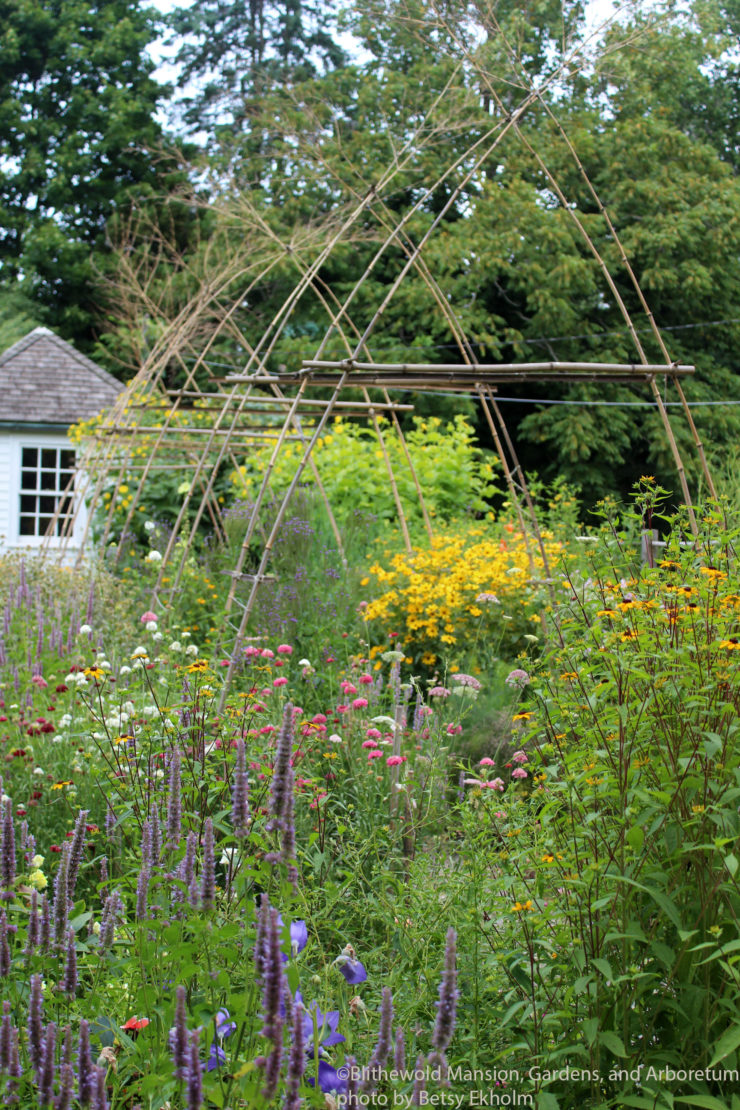
With autumn finally here, I am taking a moment to reflect on the summer that was. It was, by far, the hottest and driest summer I’ve experienced at Blithewold. If you were lucky enough to spend the summer at the beach or sitting in air conditioning, you may not have noticed. But, for those of us who work outdoors, it was a summer to remember (or forget?). The unfortunate reality is that these types of summers – hot and dry with heat waves that last a week rather than a day – are becoming the norm. As horticulturists, this impacts every aspect of our jobs. I am here now to give you some insights into how you can weather these changes in your own garden.
My biggest recommendation for any new gardener is to consider irrigation at the outset. This summer I was so utterly thankful for the irrigation systems in the North and Rose Gardens. The Idea Gardens relied on overhead sprinklers in constant rotation. Even this did little more than prevent plants from dying altogether.
The second very important consideration is soil. I noticed that the plants at Blithewold did so much better than anything I planted in my home garden. Why? Because I have not yet amended the soil at my new house. It is sorely lacking organic matter and a healthy soil microbiome. These are pivotal in creating a thriving garden that can withstand extremes.
I am trying not to look at the brutal summer weather with too much pessimism. But, climate change is a factor we must consider when we plan the gardens for next year. I am always looking at what thrived under the intense circumstances. Here are my favorites from this year.
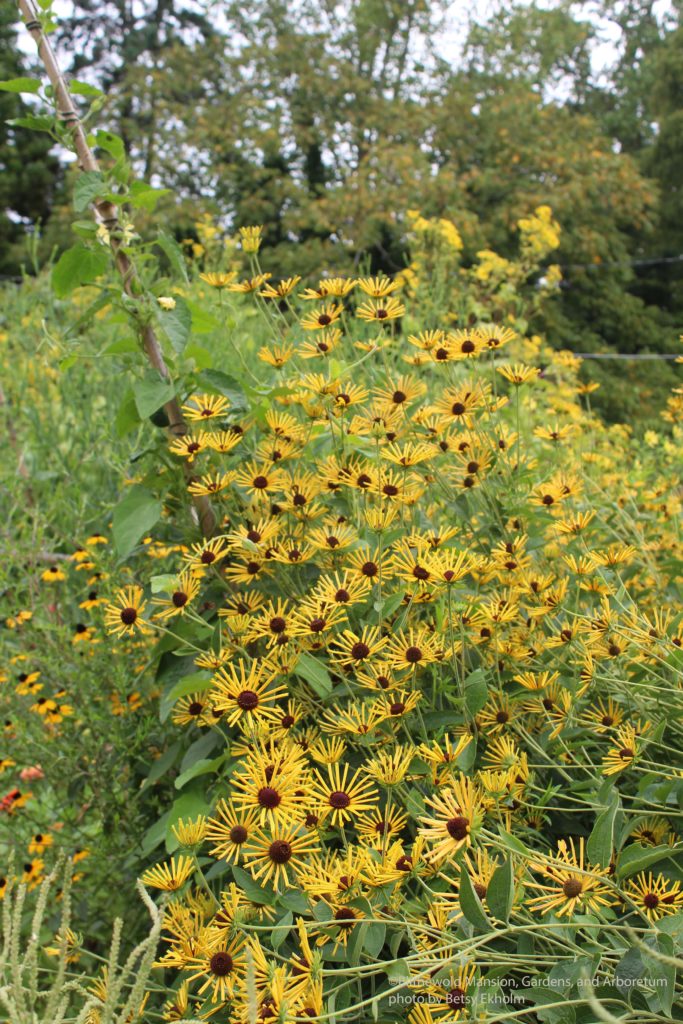
The entire Rudbeckia genus did not mind the weather this summer one bit. From the classic Rudbeckia triloba (brown eyed susan) to this lovely ‘Henry Eilers’ (above) to Rudbeckia laciniata ‘Golden Glow’, they all thrived and looked just as lovely as ever this year.
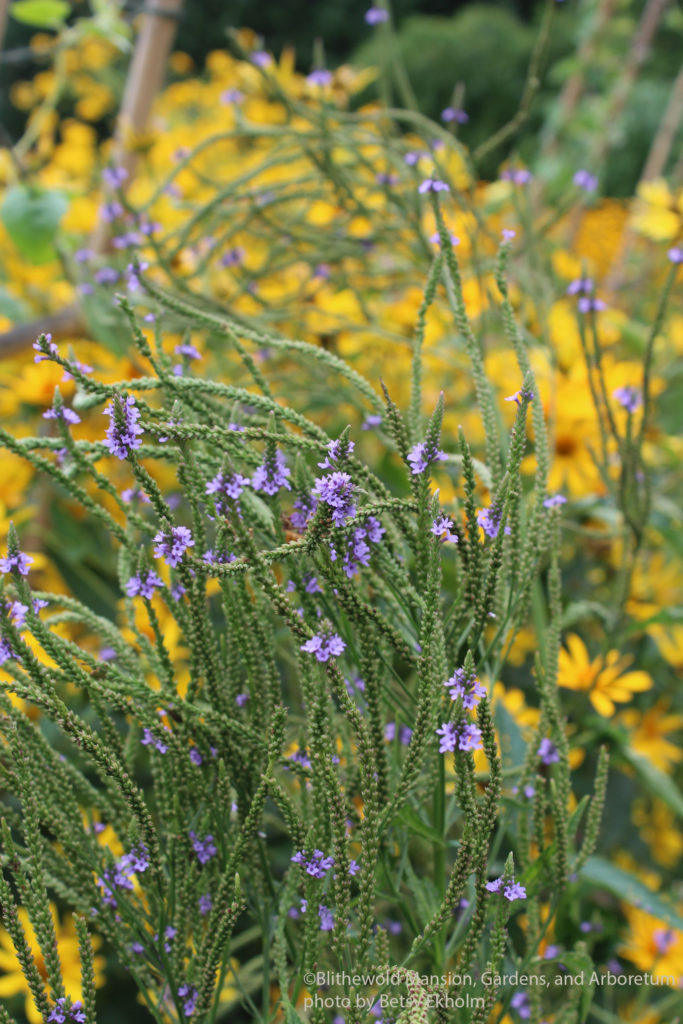
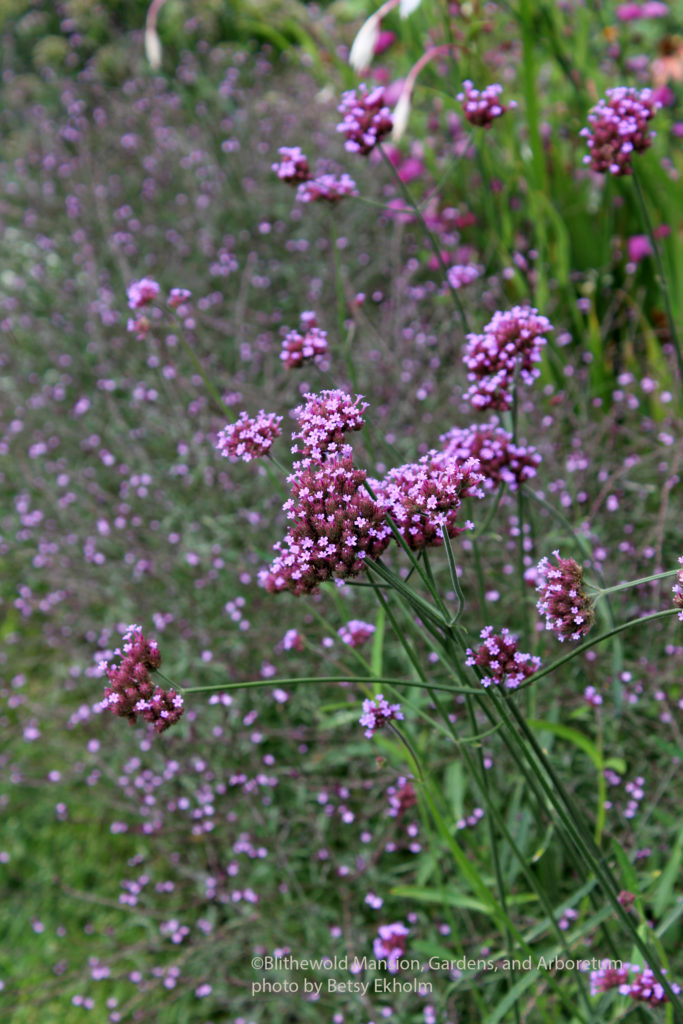
Vervain are a wonderful plant to encourage any gardener in a tough season. They will grow out of the rocks if you let them (which I have been known to do). Blue vervain is a fantastic Rhode Island native that we purchased as plugs about four years ago. As with the others of this genus, it self-sows and moves itself to wherever it sees fit. I tend to leave them where I find them for the most part. They often will abandon their original planted location for greener pastures (or, in this case, more well-draining pastures). Pictured behind the classic Verbena bonariensis above is Verbena ‘Bampton’, which sowed itself so freely in the Rose Garden that I eventually had to edit a fair amount of it out. But, better to have too much than too little in some cases, especially when in a drought.
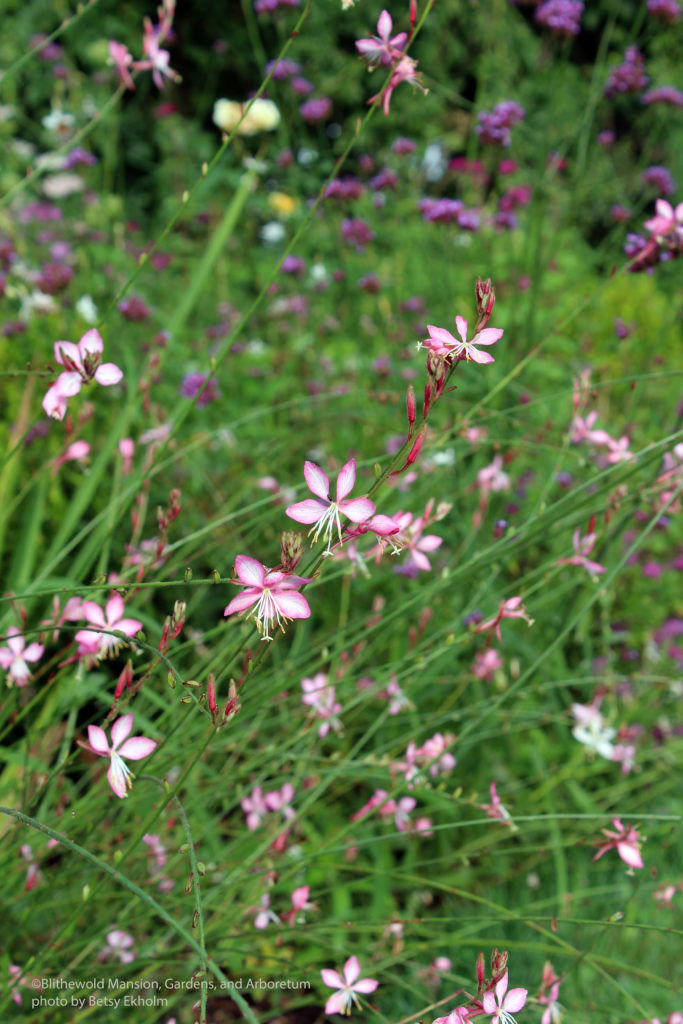
I’m fairly certain Gaura would grow anywhere I would let it. The wand flower is a relatively easy perennial that self sows freely in the gardens. If you want to be sure to see this plant return year after year, plant the cultivar ‘Whirling Butterflies’. If you aren’t a fan of flowers that make themselves a little too at home in your garden, plant any number of the newer varieties. I have had some luck with ‘So White’, a cultivar we purchased from Avant Gardens, but many of the darker colors we have purchased from other nurseries in the past did not return again the following spring.
As far as plants that I will rely on less heavily, dahlias are at the top. I truly adore dahlias, but they do not adore our changing weather. They would prefer it cooler and less extreme. I will probably still plant dahlias in the garden, but I will not depend on them for the summer color they once provided. Most of the dahlias, save for an intrepid few, hunkered down for July and August and did not bloom. The ones that did are my new favorites. You can see these brave bloomers below.
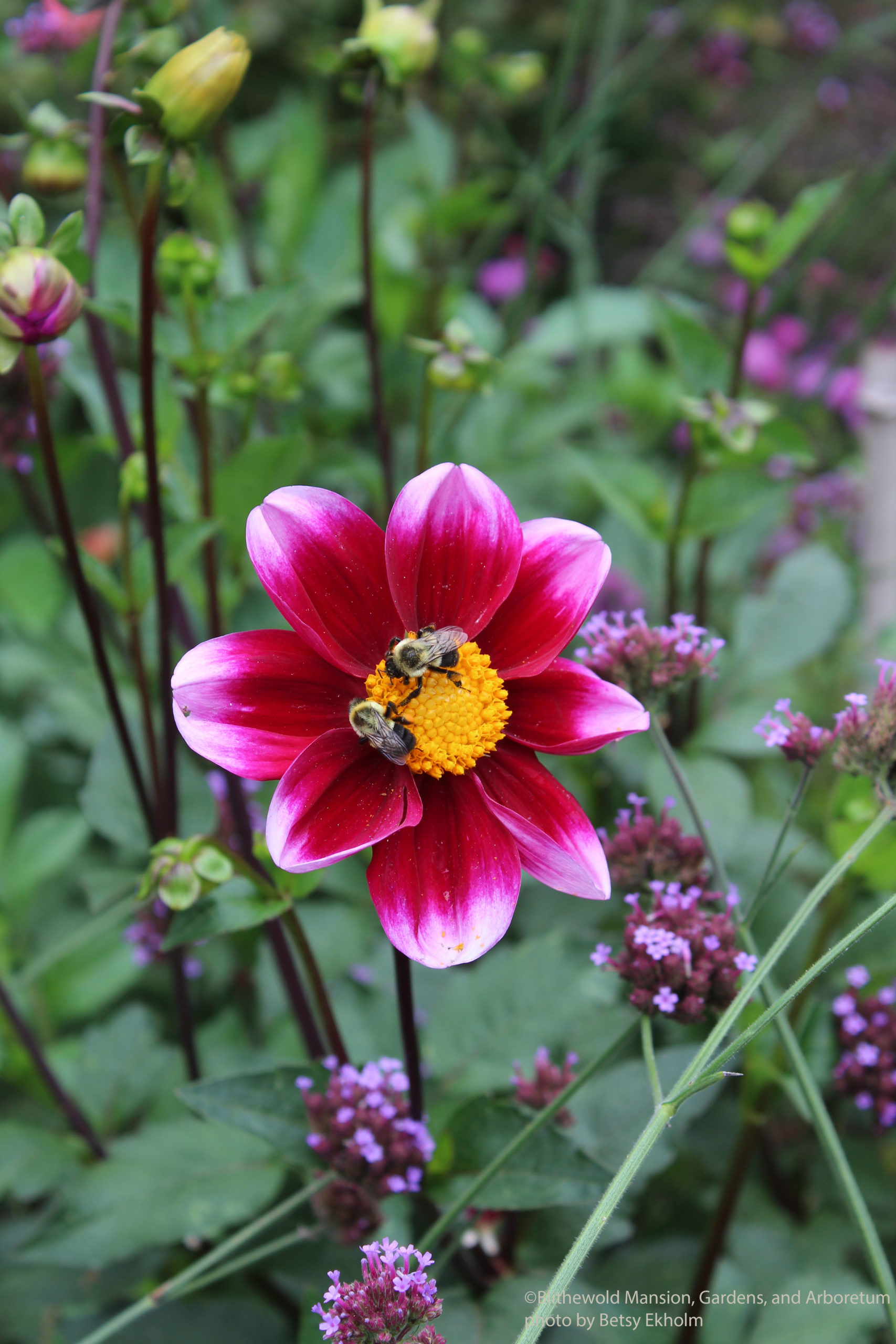
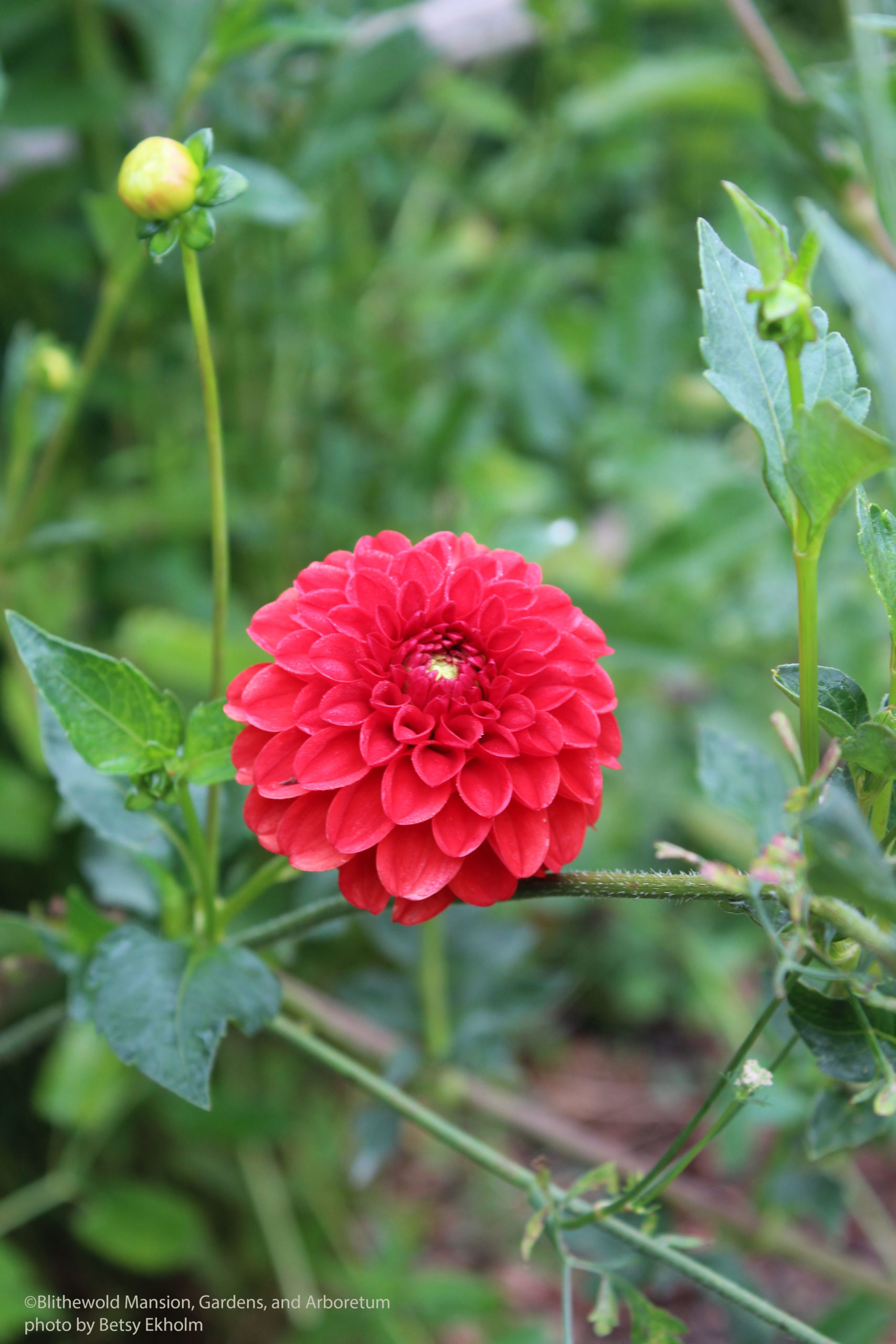
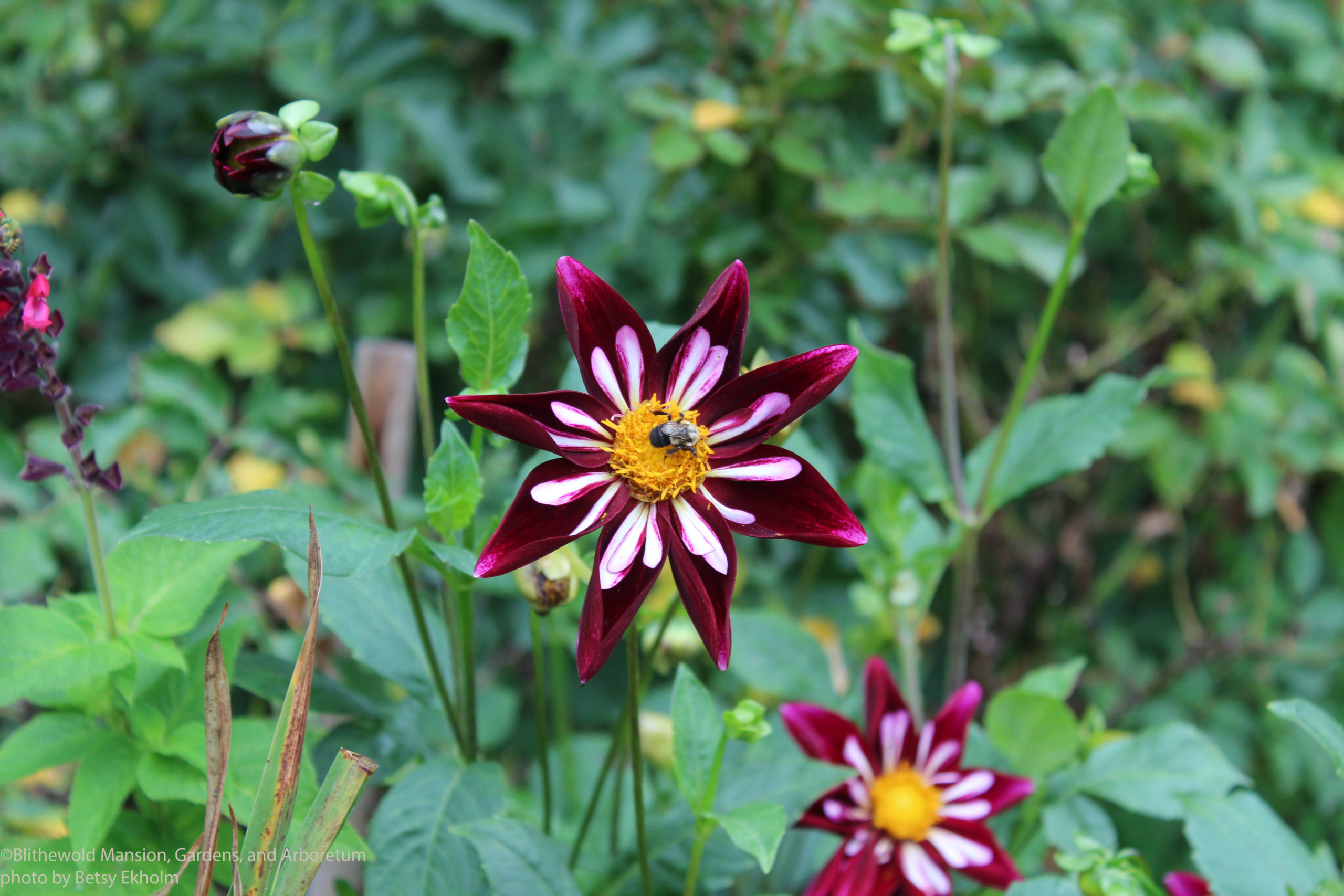
How did your garden fair this summer? Which plants earned their spots and which will be forgotten next year?
Happy Gardening!
